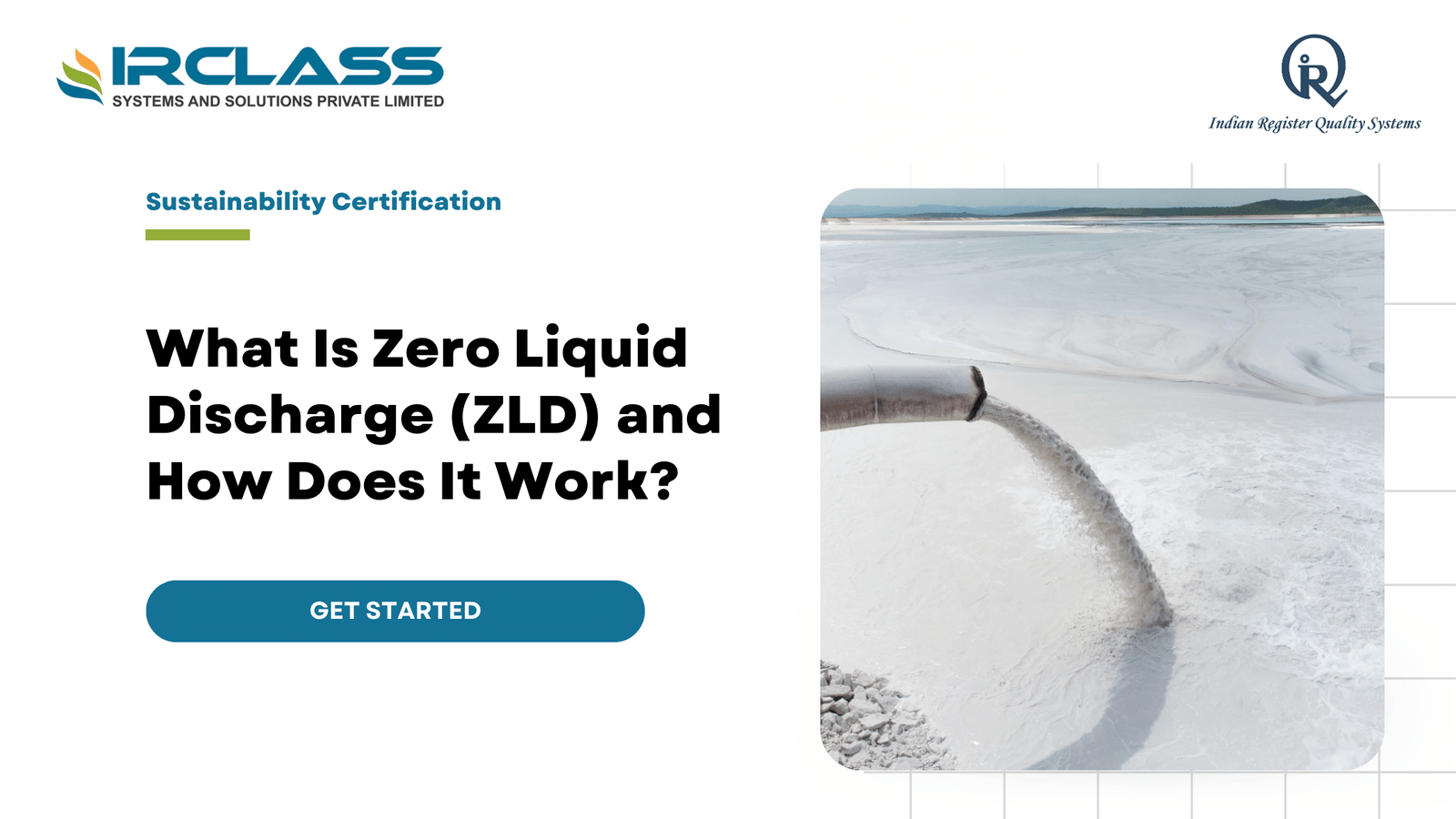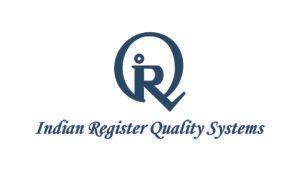Category: SOC 2 Report
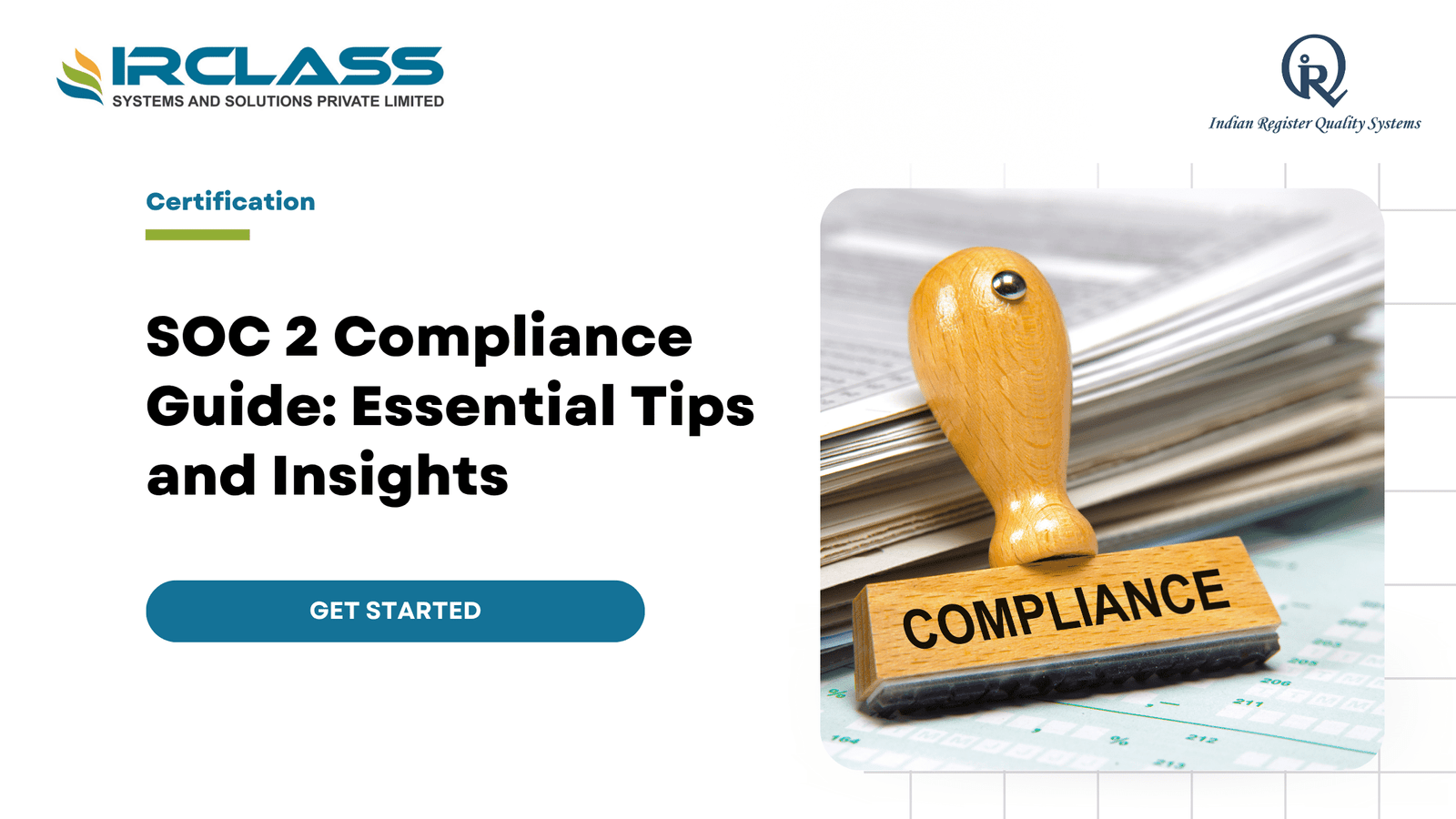
SOC 2 Compliance Explained: 7 Secrets Every Tech Leader Must Know!
SOC 2 compliance is not just a checkbox. It’s a trust signal. If you’re running a tech company or scaling a startup, you’ve probably heard about it in investor meetings, customer onboarding, or boardroom talks. But the truth is, most leaders still don’t fully understand what SOC 2 really means—or what it takes to get there. It’s not just about avoiding fines or meeting some legal requirement. It’s about showing the world that your company takes data security seriously. And in 2025, that matters more than ever. Whether you’re building SaaS, handling customer data, or offering any digital service, your customers want to know their data is safe. SOC 2 gives them that assurance. But going after it without a plan can cost you months and thousands of dollars. That’s why these 7 secrets matter. SOC 2 Isn’t a One-Time Job SOC 2 is not a one-and-done report. It’s a continuous process. Once you get certified, you need to stay compliant every day, not just once a year. Think of it as a lifestyle for your company’s data. Many companies get caught off guard during the renewal phase because they didn’t build long-term habits. Tools and policies help, but it’s your culture that keeps you compliant. That culture needs to start at the leadership level. You Don’t Need to Be Big to Get SOC 2 Some startups wait too long to start thinking about SOC 2. They think it’s something only enterprises need. That’s not true anymore. Even early-stage companies are being asked for SOC 2 reports by customers, especially in B2B deals. If you’re storing customer information, you’re a candidate. Being small doesn’t excuse you. In fact, getting certified early can help you close bigger clients faster. SOC 2 Type I vs Type II—Know the Difference This is where many people get confused. SOC 2 Type I checks if you have the right systems in place at a single point in time. It’s like taking a picture. Type II checks if those systems actually work over time—usually over a 3 to 12-month period. That’s more like a video. Most companies start with Type I because it’s quicker. But serious customers ask for Type II. You’ll need both, eventually. Plan for it early. Automation Won’t Save You Without Process Yes, there are plenty of tools that claim to automate SOC 2 compliance. But without clear internal processes, those tools won’t help. Compliance still needs humans to define policies, assign access, and review incidents. A lot of companies invest in tech stacks before they invest in basic security policies. That’s backwards. Define your policies first. Then pick the right tools to support them. Trust Services Criteria Are Not Just Checklists SOC 2 is based on five trust principles—security, availability, processing integrity, confidentiality, and privacy. But they’re not just checklists. They’re a framework for how your company handles data at every level. Each of these principles touches multiple teams—IT, engineering, HR, legal, and product. SOC 2 forces cross-functional discipline. You can’t leave it all to the CTO. SOC 2 Reports Are Meant for Clients, Not Just Auditors Your auditor isn’t the only person who will see your SOC 2 report. Clients, partners, and even regulators might ask for it. That’s why it needs to tell a story. A good SOC 2 report explains how your systems work in plain English. It doesn’t just throw technical jargon. Executives need to be involved in shaping that story. A technical report without business context won’t build trust. You’ll Never Be 100% Ready—Start Anyway Many companies delay the SOC 2 journey because they think they need everything perfect. That’s a mistake. You can start with what you have and improve as you go. What matters is that you show intent, take real steps, and commit to continuous improvement. The biggest obstacle is fear—fear of gaps, audits, and unknowns. But those fears shrink when you take the first step. Get a readiness assessment. Document your controls. Train your team. Action beats analysis every time. 5 Things You Can Do Right Now Your Reputation Is Built on Trust SOC 2 is more than a technical standard. It’s a business enabler. It can shorten sales cycles, strengthen partnerships, and attract enterprise clients. But more than that, it protects your brand. And once trust is broken, it’s hard to win it back. Founders and tech leaders who take SOC 2 seriously stand out. They show maturity. They show that they’re ready for growth. In today’s market, that’s everything. Getting SOC 2 right early saves time later. No last-minute scrambles. No lost deals because a security review went sideways. It shows investors and customers that you’re thinking ahead. That you’re building something solid, the companies that win are the ones that prepare before they’re forced to. You don’t need a big security team to get started. You need a clear plan and the right support. That’s where firms like IRQS come in. They’ve done this before—and they know what matters when everything’s on the line. Work with a Partner Who Knows the Space SOC 2 compliance can feel like a maze. That’s why it helps to work with people who’ve done it before. Indian Register Quality Systems (IRQS) has guided companies across industries through complex compliance frameworks. Their team understands what tech leaders need—not just to pass an audit, but to build lasting trust. If you’re starting your SOC 2 journey, this is where to begin. IRQS doesn’t just offer checklists—they help you understand what matters and why. From identifying gaps to preparing for the audit, they bring clarity at every step. You’ll know what your auditors expect and how to meet those standards without wasting time. They’ve worked with startups, large enterprises, and everything in between. That means they’ve seen what works—and what doesn’t. If you’re building a product that handles customer data, this isn’t optional. Get it right the first time. Work with people who already know the path.
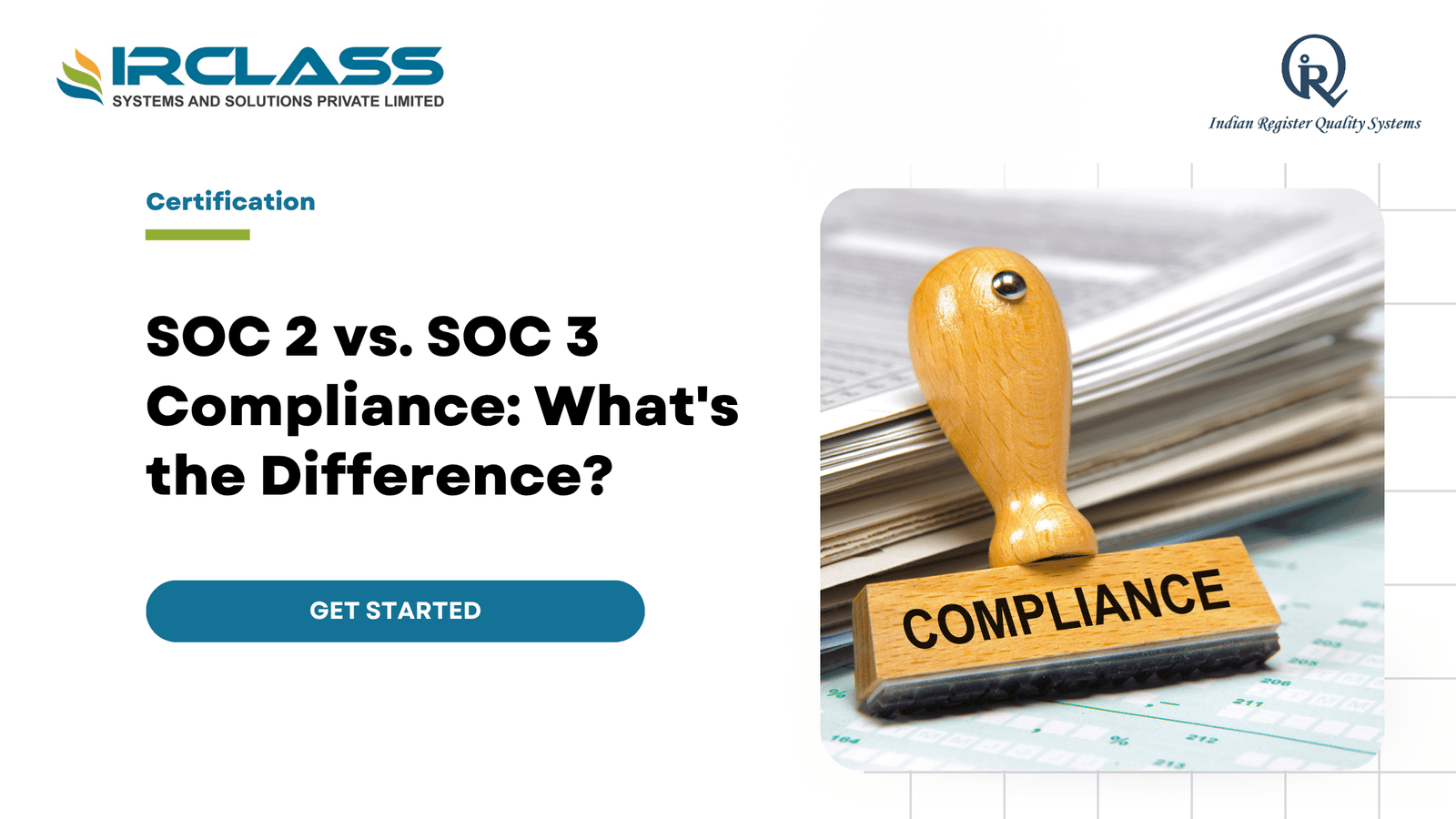
SOC 3 vs. SOC 2: Which Compliance Report Suits Your Business Needs
In today’s fast-paced digital world, data privacy, security, and trust are non-negotiable. Businesses are under pressure not only to protect customer data but also to demonstrate their commitment to doing so. For service providers, particularly those in cloud computing, SaaS, and IT-managed services, SOC (System and Organization Controls) reports have become the gold standard. But a common dilemma persists: should you opt for SOC 2 or SOC 3? Both reports serve to build trust and transparency, but they do so in very different ways. Understanding these differences can mean the difference between meeting your industry’s baseline expectations and exceeding them in the eyes of your stakeholders. The Essence of SOC Reports After a detailed audit, third-party Certified Public Accountants (CPAs) or accounting firms issue the SOC reports. The criteria come from the Trust Services Criteria set by the American Institute of Certified Public Accountants (AICPA). They are security, availability, processing integrity, confidentiality, and privacy. Both SOC 2 and SOC 3 are built around the same set of criteria. However, the goal, intended audience, and the amount of detail are not the same. A company looking for compliance or trust must make this distinction. SOC 2 provides detailed information for informed stakeholders The purpose of a SOC 2 report is to provide business partners, auditors, regulators, and stakeholders with a detailed look at your organization’s approach to handling sensitive information. They examine your internal controls, how you work, and your security measures. SOC 2 reports are made up of Type I, which is about the controls’ design at a single point, and Type II, which examines their actual operation over time. If a business wants to prove that their internal controls are working in practice, SOC 2 is the best choice. For those who handle personal, financial, or intellectual information, a SOC report is essential to gain confidence that goes beyond what is said in marketing. The main benefit of SOC 2 is that the audit covers many important aspects. All details of your data protection steps are recorded. Having policies is important, but it’s even more important to implement and enforce them. SOC 3 provides a simple way to give the public confidence in assurance Unlike SOC 2 reports, SOC 3 reports are short and written for everyone to understand. SOC 3 is a simplified version of SOC 2 Type II that you can safely share on your website. It proves that your company meets the Trust Services Criteria without disclosing confidential information. This service is built for marketing and PR professionals. It guarantees that potential customers and the public trust your data protection, without them needing to know every technical detail. This works well when your business depends on the public having confidence in you, but the details of your control environment don’t need to be shared with every stakeholder. Important Differences You Should Know The decision between SOC 2 and SOC 3 is influenced by the needs of your audience. Most of the time, SOC 2 is required by contract, while SOC 3 adds value to your brand. The principles underlying both reports are identical. It all comes down to how much information your audience wants and how certain they want to be. Make sure SOC Reports are in line with your company’s targets The industry you work in, your business approach, and the regulations you face all play a role in your decision. As an example, a healthcare software company must comply with HIPAA and, because of that, may be required to have SOC 2. Another situation is when a tech startup aims to build trust with customers and expand by presenting a SOC 3 report to show its compliance. Most organizations in the financial, educational, and legal fields, where both risk and data security are important, tend to select SOC 2. SOC 3 is a good fit for those who want to focus on security but do not want to reveal sensitive audit details. It’s worth noting that these reports are not separate from each other. Many companies choose to obtain SOC 2 for their employees and partners, and SOC 3 for the public. Building Confidence With Certification The goal of any report is to earn trust from your audience. In fact, trust is now the most important form of currency in business. If your stakeholders think you pay close attention to data integrity and privacy, they are more likely to join in, invest, and remain loyal to you. Still, gaining that trust is not possible only by having policies and technology; it must be backed up by an independent check from a respected authority. That is why an accredited certification partner is so important. The Importance of Certification Bodies An effective certification body looks at more than just the basics. These guidelines show your company how to follow best practices, address weaknesses, and maintain strong compliance. They help by evaluating and guiding you. They help make your path to SOC 2 or SOC 3 certification effective and easy. So, picking a reliable and credible certification partner matters just as much as picking the correct SOC report. The Future of Compliance The faster digital transformation moves, the more important it will be to manage data transparently. People are now more worried about their privacy. Government regulations are getting tighter. The world of business is becoming louder, and trust is becoming a less common commodity. SOC reports are now a required part of doing business. They are valuable for strategic reasons. No matter if you’re dealing with large enterprises, looking for funds, or expanding worldwide, being committed to compliance makes you unique. SOC 2 and SOC 3 go beyond ensuring today’s standards are met. They help your business adapt to changes in expectations that happen every minute. In Conclusion The question for organizations isn’t which is superior, but which is more suitable for your situation. They both play a role. They both help to build trust. They can contribute to making your brand stronger. However, if

SOC 2 Report: A Strategic Guide to Compliance & Competitive Edge
SOC 2 Report A SOC 2 Report validates an organization’s controls for security, availability, processing integrity, confidentiality, and privacy (Trust Services Criteria). IRQS’s expertise helps businesses navigate Type 1 (design) and Type 2 (operational) audits, reducing compliance costs by 40% and accelerating sales cycles by 30%. Did you know 68% of enterprises lose deals due to inadequate security compliance? With data breaches costing $4.45M on average in 2023, a SOC 2 Report isn’t just paperwork—it’s your shield against financial and reputational disaster. Key Takeaways Understanding SOC 2 Reports: Beyond Compliance Why SOC 2 Matters in 2025 SOC 2 has evolved from a “nice-to-have” to a non-negotiable for SaaS, healthcare, and fintech firms. Post-pandemic, remote work and cloud adoption have spiked scrutiny on data security, with 72% of enterprises requiring vendors to provide SOC 2 reports (Ponemon Institute, 2023). Types of SOC 2 Reports Demystified Factor SOC 2 Type 1 SOC 2 Type 2 Scope Control design at a single point in time Operational effectiveness over 6–12 months Depth Snapshot evaluation Longitudinal analysis Ideal For Startups seeking initial compliance Enterprises needing ongoing assurance Avg. Cost $15K–$30K $30K–$60K IRQS Insight: Type 2 reports now include optional Environmental, Social, and Governance (ESG) metrics—a 2024 differentiator for conscious consumers. Anatomy of a SOC 2 Report: What Auditors Really Check 5 Critical Sections Strategic Benefits of SOC 2 Compliance Market Differentiation Risk Mitigation Operational Efficiency Preparing for a SOC 2 Audit: IRQS’s 4-Step Blueprint Future Trends in SOC 2 Compliance Conclusion A SOC 2 Report is your gateway to client trust and market leadership. With IRQS’s blend of expertise and tech-driven tools, businesses transform compliance from a cost center to a revenue catalyst. Call to Action: Start your SOC 2 journey today. Explore IRQS’s SOC 2 Compliance Services. FAQs Q1: How long does a SOC 2 audit take?A: Type 1: 2–4 weeks; Type 2: 6–12 months (includes observation period). Q2: Can startups skip Type 1 and go straight to Type 2?A: Not recommended—Type 1 identifies design flaws early, saving 3x costs later. Q3: Does SOC 2 cover GDPR compliance?A: Partially. Use IRQS’s GDPR-SOC 2 Crosswalk for alignment. References
Search
Useful Links
Recent Posts
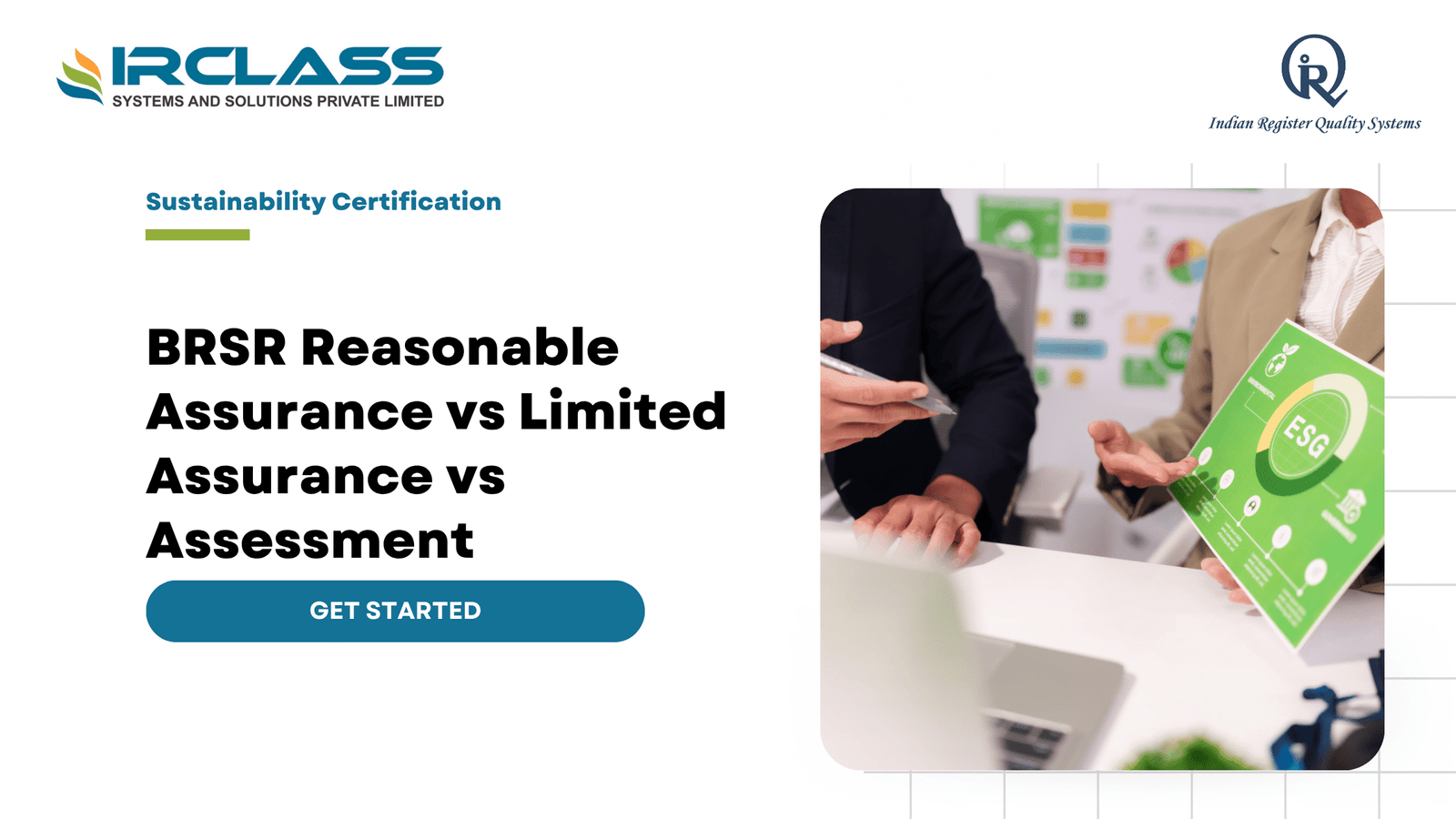
BRSR Reasonable Assurance vs Limited Assurance vs Assessment
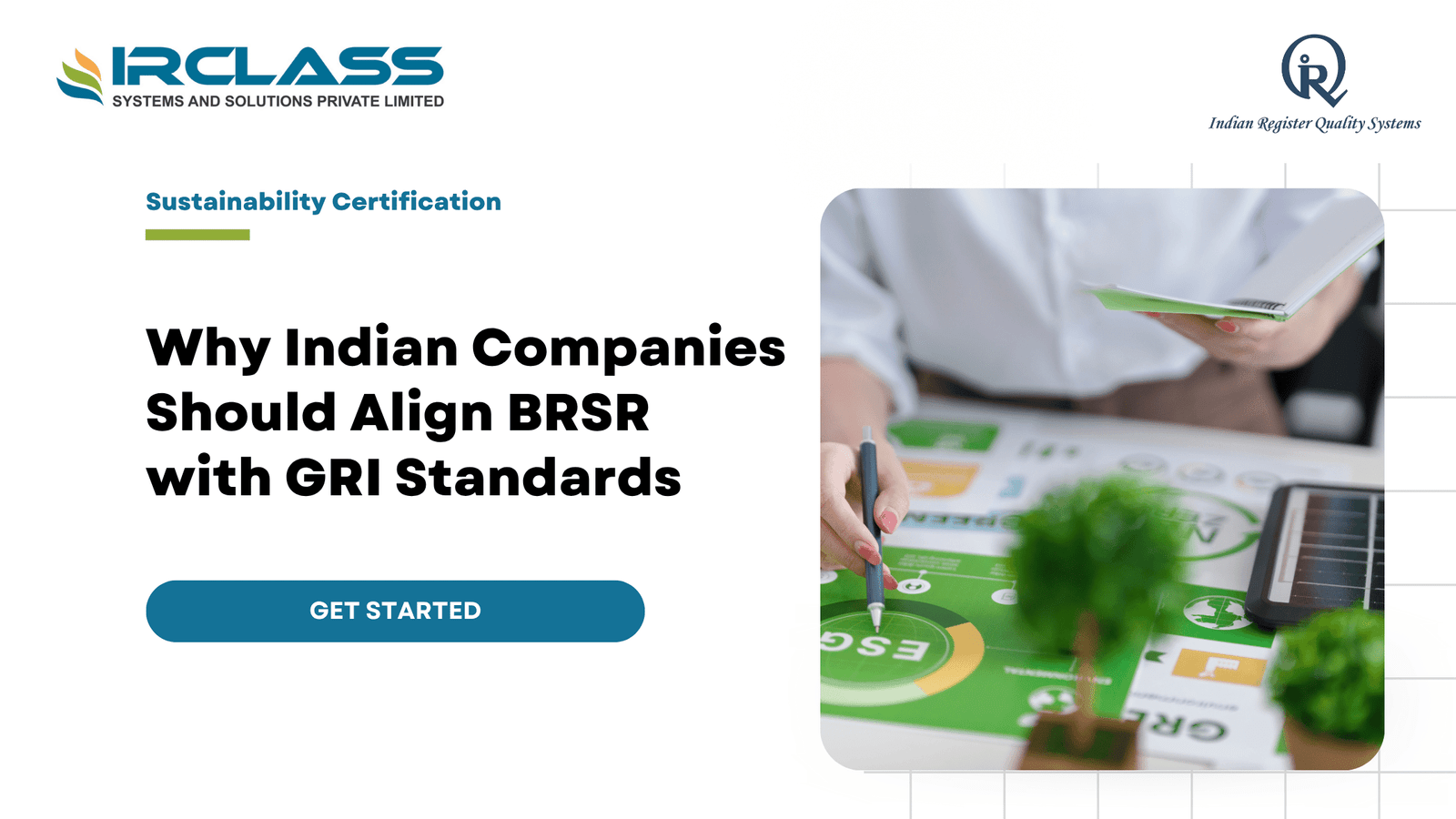
GRI Reporting and SEBI’s BRSR: Building Credible ESG Reports for Indian Companies
